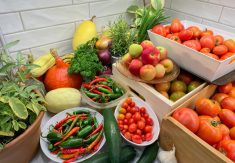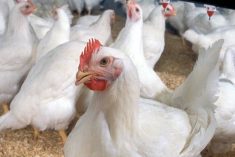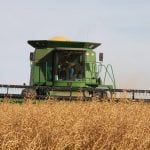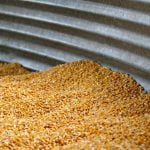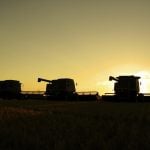If he wasn’t so busy trying to help farmers snuff it out, University of Arkansas weed scientist Ken Smith says he would be studying Palmer amaranth out of pure interest.
Some of the very things that make amaranth – known as pigweed – such a formidable weed also flag its potential as a food crop.
“We know that pigweed seed is not very long lived in the soil,” he told participants in the Bayer CropScience “respect the rotation” tour. Studies have shown that even though one plant can produce between 150,000 and 300,000 seeds or more than a million seeds per acre, that seed bank is reduced to 350,000 viable seeds per acre by spring.
Read Also

Shaky trade ground threatens efforts to build Canadian agriculture
Trade uncertainty is freezing billions in agriculture investment across Canada, which may threaten export-oriented Manitoba farms more than the tariffs spurring the uncertainty in the first place, experts tell Fields on Wheels conference.
That’s because the seed is high in protein and a high-quality source of food for insects.
According to Wikipedia, leaves, stems and seeds of Palmer amaranth (Amaranthus palmeri) are not only edible, they are highly nutritious. The same goes for its cousin Redroot pigweed (Amaranthus retroflexus) found on the Canadian Prairies. Seeds from the amaranthus family have a 30 per cent higher protein than most cereal crops, including wheat.
It was once cultivated in North America by Native Americans. Related amaranthus species have been cultivated for their greens and seeds for thousands of years in places like Mexico, South America, the Carribbean, Africa, India and China. “It is often referred to as ‘the crop of the future’” the online encyclopedia says.
The plant has achieved naturally the very genetics that major biotechnology companies are spending millions trying to insert into the major crops farmers grow – better nutritional quality, drought tolerance and resilience to changing environmental conditions.
And, thanks to the accidental selective breeding placed on the species by soybean and cotton farmers’ relentless use of glyphosate over the past decade, it’s also Roundup Ready, which makes it an expensive plant indeed to treat as a weed. [email protected]






